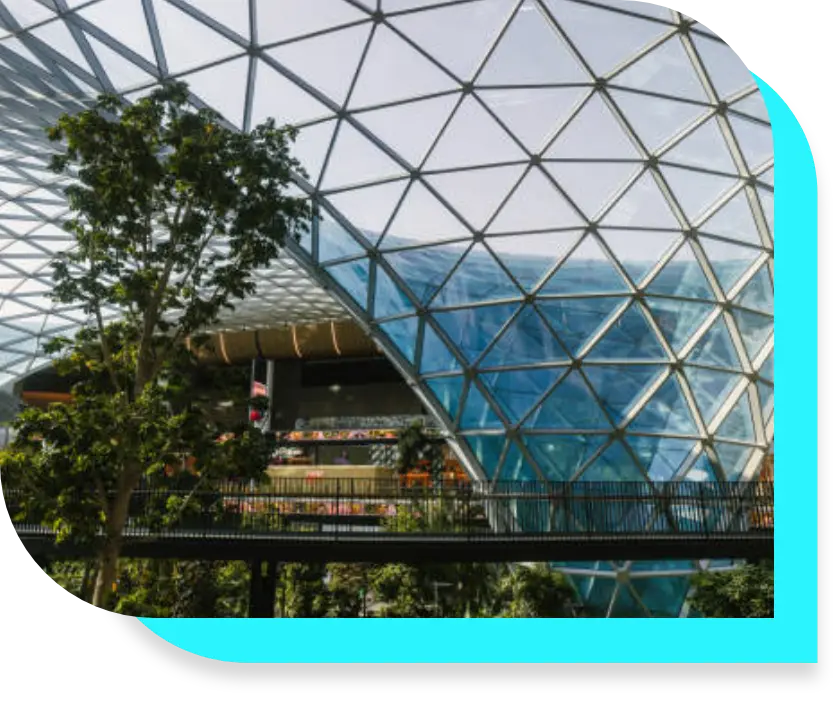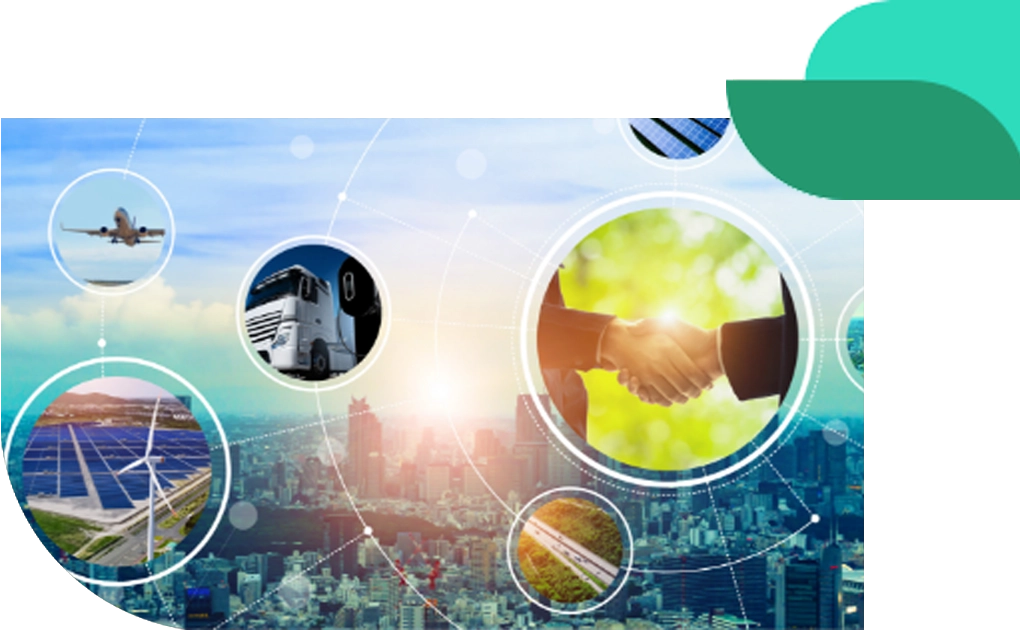Budget 2025: Continuing our journey to energy resilience
Singapore Budget 20251 is future-focused, with an emphasis on economic growth and resilience. A comprehensive set of measures covering aspects such as productivity, innovation and enterprise, aims for long-term fiscal health and a greener economy.
It has something for everyone—ranging from CDC vouchers for daily expenses and grants for upskilling workers, to 50% Corporate Income Tax Rebate and support for the equities market.
Climate change continues to be of concern and requires support for sustainability practices. This ranges from a $5 billion top-up to the Coastal and Flood Protection Fund; measures to accelerate adoption of Electric Heavy Vehicles such as goods vehicles and buses, and the Climate Friendly Households Programme (CFHP) extended to private property households, with Climate Vouchers to encourage purchase choices of more energy- and water-efficient appliances, such as fridges and aircons… even LED light bulbs.
Meanwhile, Singapore’s major infrastructure projects continue: such as the ongoing MRT network extensions, and the expansion of Tuas Port and Woodlands Checkpoint. The 1,080-hectare Changi East development, designed to strengthen Changi as an aviation hub, features Changi Airport Terminal 5 with a three-runway system2.

In Budget 2025, Changi Airport Development Fund receives a $5 billion top-up, together with a government guarantee to help lower the cost of borrowings needed to develop Terminal 5 and supporting infrastructure in Changi East3.
While the development enhances the airport infrastructure capacity, such as renewing key systems and equipment like the Skytrain4, the upgrading plans also focus on energy efficiency improvements5, including reducing energy use from air-conditioning in airport terminal buildings, using cleaner energy sources for airside vehicle fleets and enhancing air traffic management tools.
Designed to handle about 50 million passengers per year, T5 is intended to be a Green Mark Platinum Super Low Energy Building as certified by the Building and Construction Authority (BCA)6. Solar panels will be installed, making it the largest single-site photovoltaic (PV) system that utilises the rooftops of the airport’s buildings7.
Smart energy management systems and district cooling, combined with thermal energy storage, will be deployed in the terminal building to reduce carbon footprint. T5 will also be ready for viable alternative fuels, including the use of Sustainable Aviation Fuel (SAF), and for the provision of fixed ground power and cooling for aircraft parked at the gates6.
In addition, the airport will aim to have its entire airside vehicle fleet operate on cleaner energy sources by 20405.


One of Changi Airport’s biggest carbon emissions challenges is that air-conditioning alone accounts for 60% of the power used by the four terminals8. Solutions such as district cooling can be adopted as well to maximise energy savings.
This is a viable option as there has already been successful deployment of district cooling systems in Singapore, such as the Marina Bay District Cooling Network, which was built and managed by SP Group.
Existing buildings clustered in the same vicinity can consider district cooling to help deliver energy efficiencies. Case in point is SP’s project for Tampines Town Centre, where seven existing buildings will be connected and cooled, and estimated to achieve annual energy savings of more than 2,800,000 kWh — enough to power over 905 three-room HDB households for a year9.
Within the built environment, whether it is an office space or an entire terminal building, SP’s GET® Control provides greater energy efficiency and comfort.
It is a self-learning building intelligence system that utilises AI and IoT to optimise air-conditioning and energy efficiency based on occupancy and ambient weather conditions. The smart damper system divides large open-plan spaces into micro-zones to enable granular airflow control and greater cooling efficiency.
Another component of the economy that has significant carbon emissions is transportation, about 15%. Budget 2025 encourages the adoption of clean heavy vehicles, with a new Heavy Vehicle Zero Emissions Scheme and an Electric Heavy Vehicle Charger Grant. The grant will provide co-funding for the charging infrastructure that is needed, further growing the EV ecosystem in Singapore.


As an international economic hub, Singapore’s energy demands will continue to grow while it continues to pursue a net zero future. Power generation accounts for about 40% of Singapore’s carbon emissions today, with 95% of our electricity generated from natural gas.
To decarbonise our power sector, Singapore has different strategies, including ramping up solarisation of energy, and importing clean energy from ASEAN countries11.
Developing and operating cross-border electricity transmission and distribution requires technical expertise and operational capabilities, which SP Group is uniquely positioned to do so12.
To help fund exploration of low-carbon alternatives, which may involve nascent technologies or require high upfront capital expenditures, the Future Energy Fund13 was set up with $5 billion to support infrastructure investments.
Examples of energy transition infrastructure include undersea cables to import low-carbon electricity (such as those currently being jointly developed by SP Group and EDF to facilitate green energy import from Indonesia) as well as new hydrogen terminals and pipelines.
Announcing a $5 billion top-up to the Future Energy Fund in Budget 2025, Prime Minister and Finance Minister Lawrence Wong said that the government will proactively study the potential development of nuclear power in Singapore and take further steps to systematically build up its capabilities in the area14.
Meanwhile, for the here and now, Singapore continues to look to solar power as a renewable energy source. Solar panel deployment has grown rapidly over the past few years and appears to be on track for achieving the targeted 2 giga-watt-peak by 203015. SP is also part of the solarisation drive, collaborating with Frasers Property to deploy Singapore’s largest single solarisation rollout for retail malls16. With smart energy management through innovations such as the Green Energy Tech (GET®) suite of solutions, businesses can gain energy efficiencies and cost optimisation while advancing sustainability goals.

Budget 2025 continues the momentum for economic development. Working together to achieve energy resilience, we can look forward to a sustainable Singapore for now and the years ahead.
Contact us to start your journey to reduce energy use and lower carbon emissions.
Footnotes
1Budget 2025 - Singapore, Ministry of Finance
2Future Developments, Changi Airport.com
4$3 billion upgrade: How Changi Airport is planning to stay ahead of the game, The Straits Times, November 2024
5Cleaner energy, improved navigation tools: How the airport and air traffic management sectors will reduce emissions, CNA, February 2024
6Changi Airport to break ground on T5 construction in 2025, passangerterminaltoday.com, September 2024
7Changi Airport gears up to tap on solar power, changiairport.com, May 2024
8International panel unveils plans to make Changi air hub greener, The Straits Times, September 2022
9Sustainable Cooling at Tampines, spgroup.com.sg
13Establishment of Future Energy Fund to Support Singapore's Infrastructure Investments | EMA, March 2024
14Budget 2025: Authorities to study potential deployment of nuclear power in Singapore - CNA, Feb 2025
15Energy Reset, SG Green Plan

